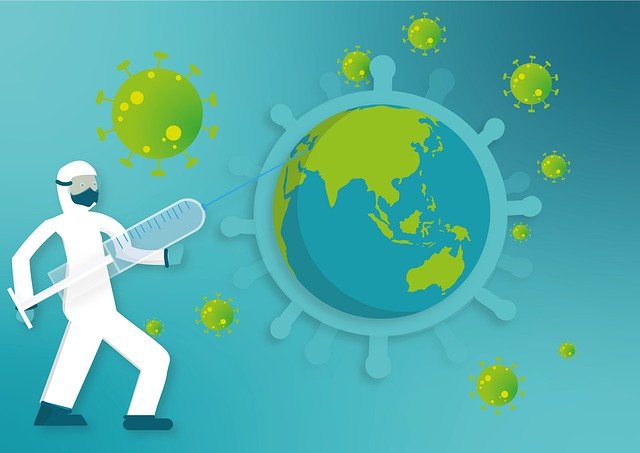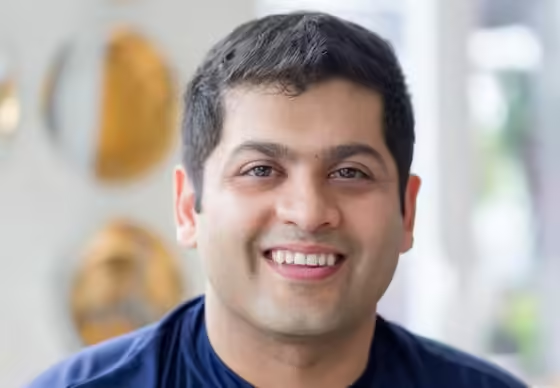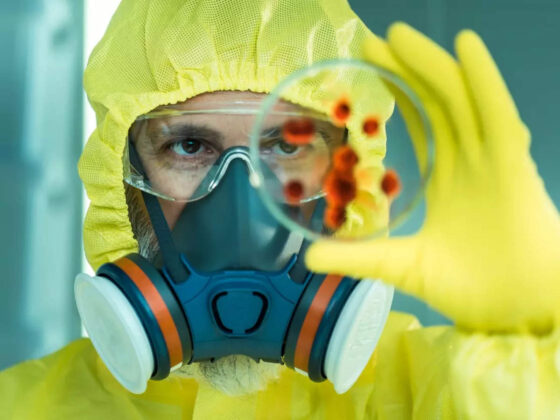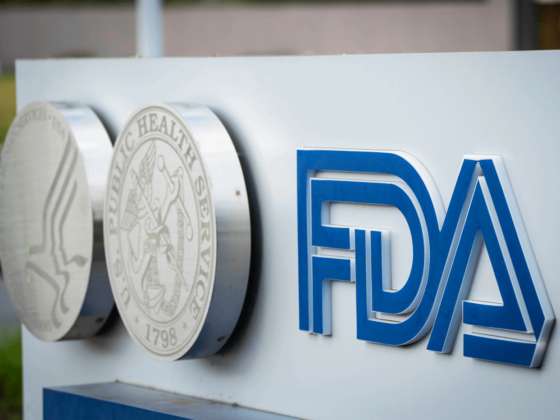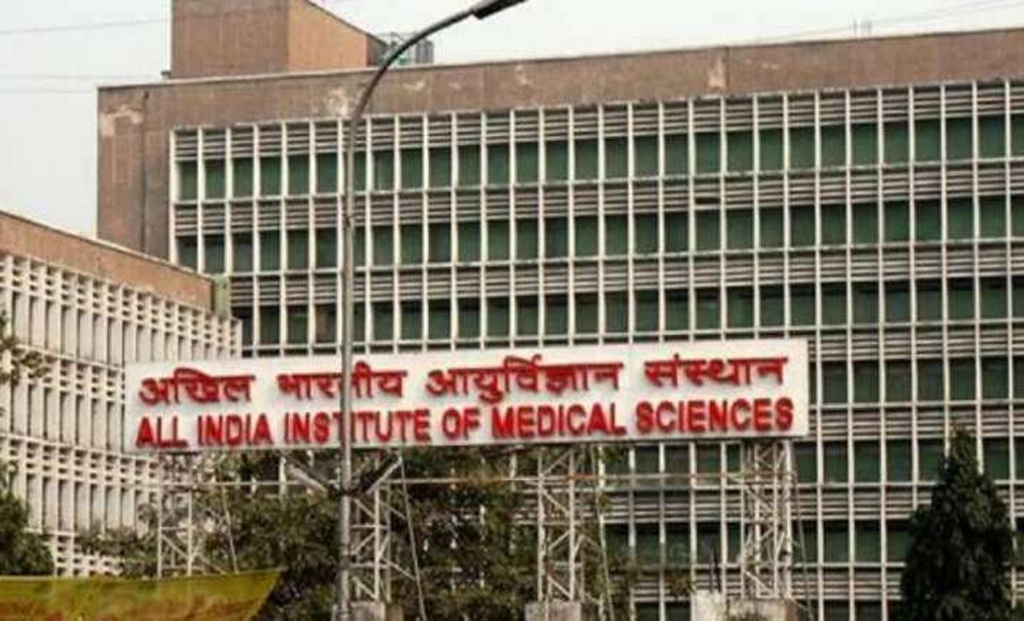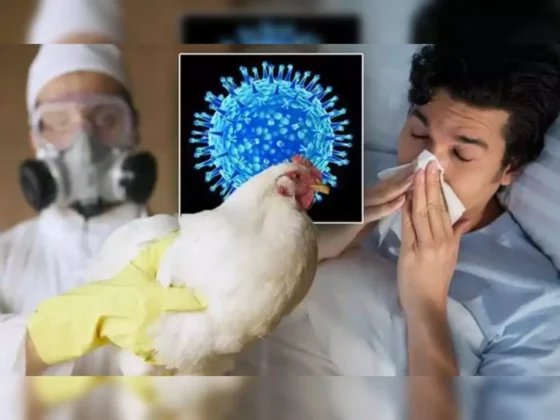Pfizer Inc partnering with BioNTech SE, Moderna Inc and AstraZeneca Plc recently released a trial data showing their experimental vaccines are effective in preventing the disease. In the coming weeks, if the regulators approve any of the vaccines, the companies could begin distribution almost immediately.
But many Asian countries do not expect to receive big amounts of vaccine initially.
The head of the Serum Institute of India, which makes the AstraZeneca accine, said on Nov 23 that the positive late-state trial result of the candidate would allow it to seek emergency use authorisation by year-end, before gaining approval for a full rollout by February or March next year.
India also expects a government-backed vaccine to be launched as early as February, while it is conducting a late-stage trial of Sputnik V.
When will developing countries have access to vaccines?
COVAX, a program led by the World Health Organization and the GAVI vaccine group to pool funds from wealthier countries and nonprofits to buy and distribute vaccines to dozens of poorer countries, has raised $2 billion.
Its first goal is to vaccinate 3% of the people in these countries with a final goal of reaching 20%. It has signed a provisional agreement to buy AstraZeneca’s vaccine, which does not require storage in specialized ultra cold equipment like the Pfizer vaccine.
It is expected that less wealthy countries in Africa and South East Asia, such as India, will receive vaccines at low or no cost under this program in 2021. Other countries such as those in Latin America may buy vaccines through COVAX. Several countries are also striking supply deals with drugmakers.
How much will it cost?
Not all of the deals have been made public, however, it is believed that vaccine makers and governments have negotiated the deal at varying prices. Governments have paid from a few dollars per AstraZeneca shot to up to $50 for the two-dose Pfizer regimen. Many countries have said they will cover the cost of inoculating their residents.

